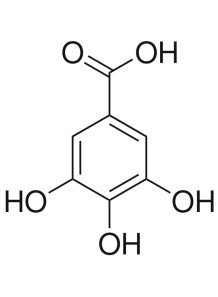Gallic Acid (Anhydrous)
Cosmetics
Code: 127475
A naturally occurring compound found in a wide variety of plants. There are several benefits when used locally.
Cart
No products
Subtotal:
0.00
Total
0.00
THB



